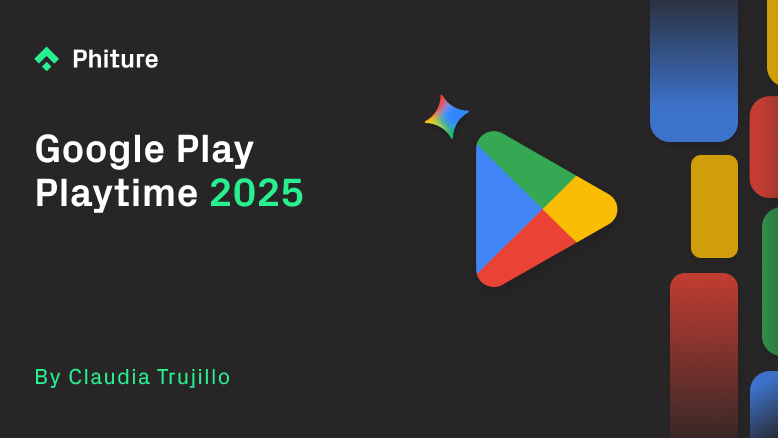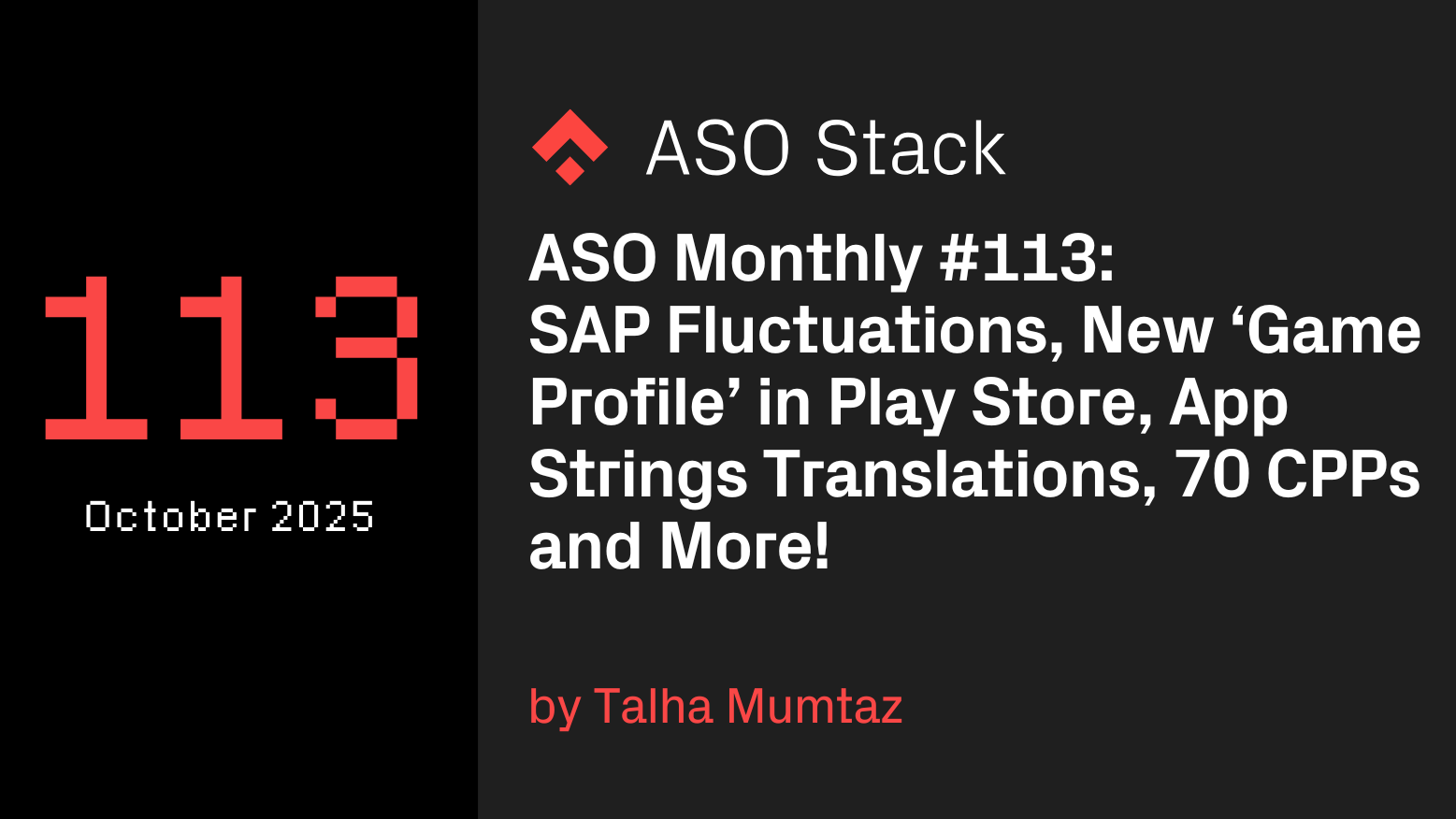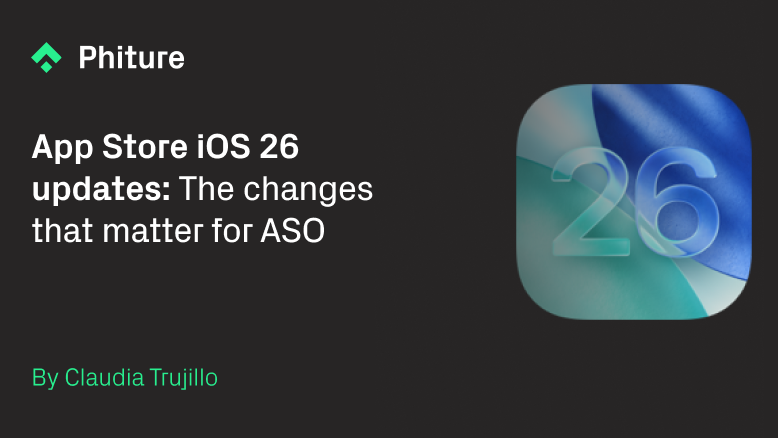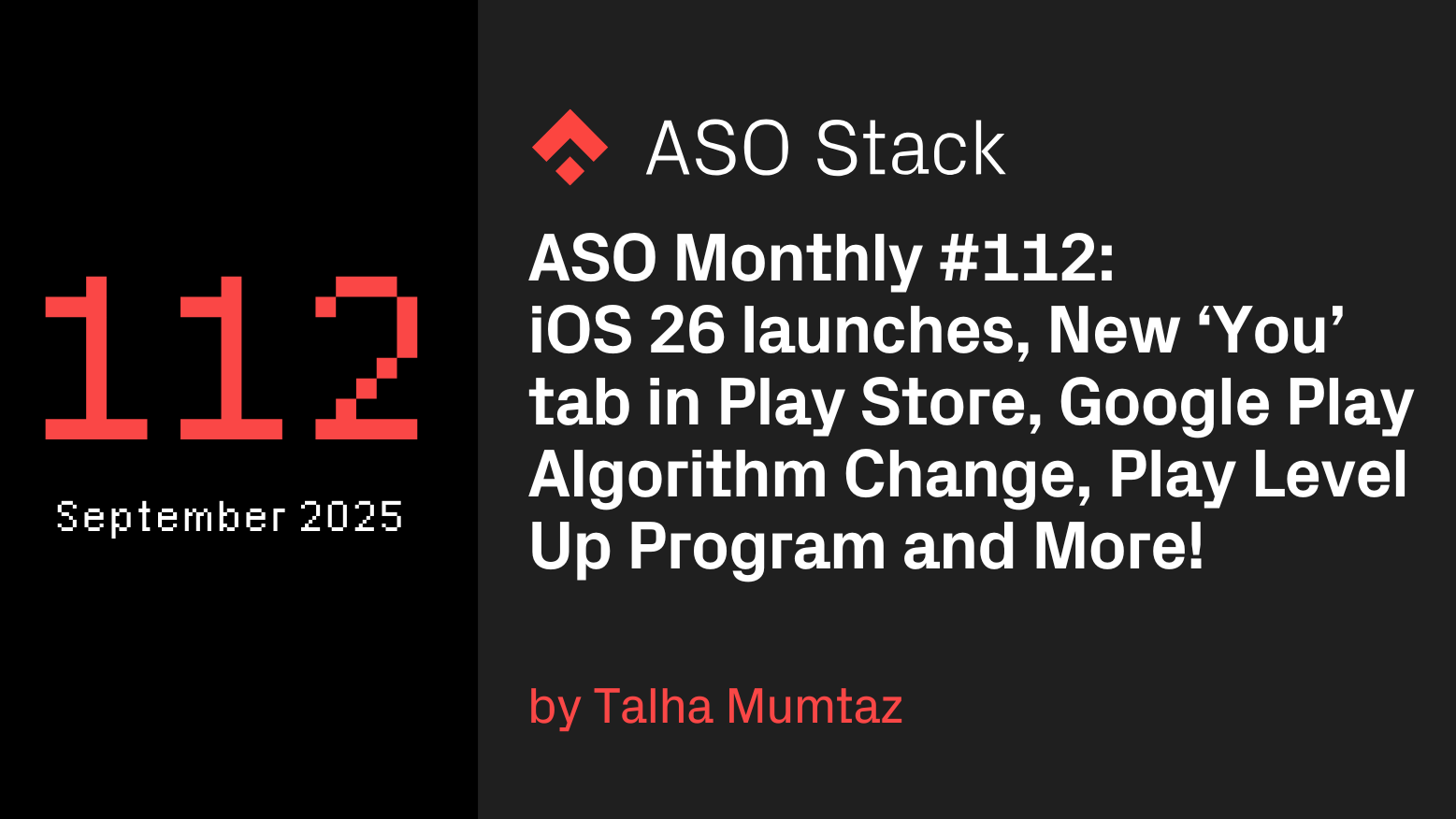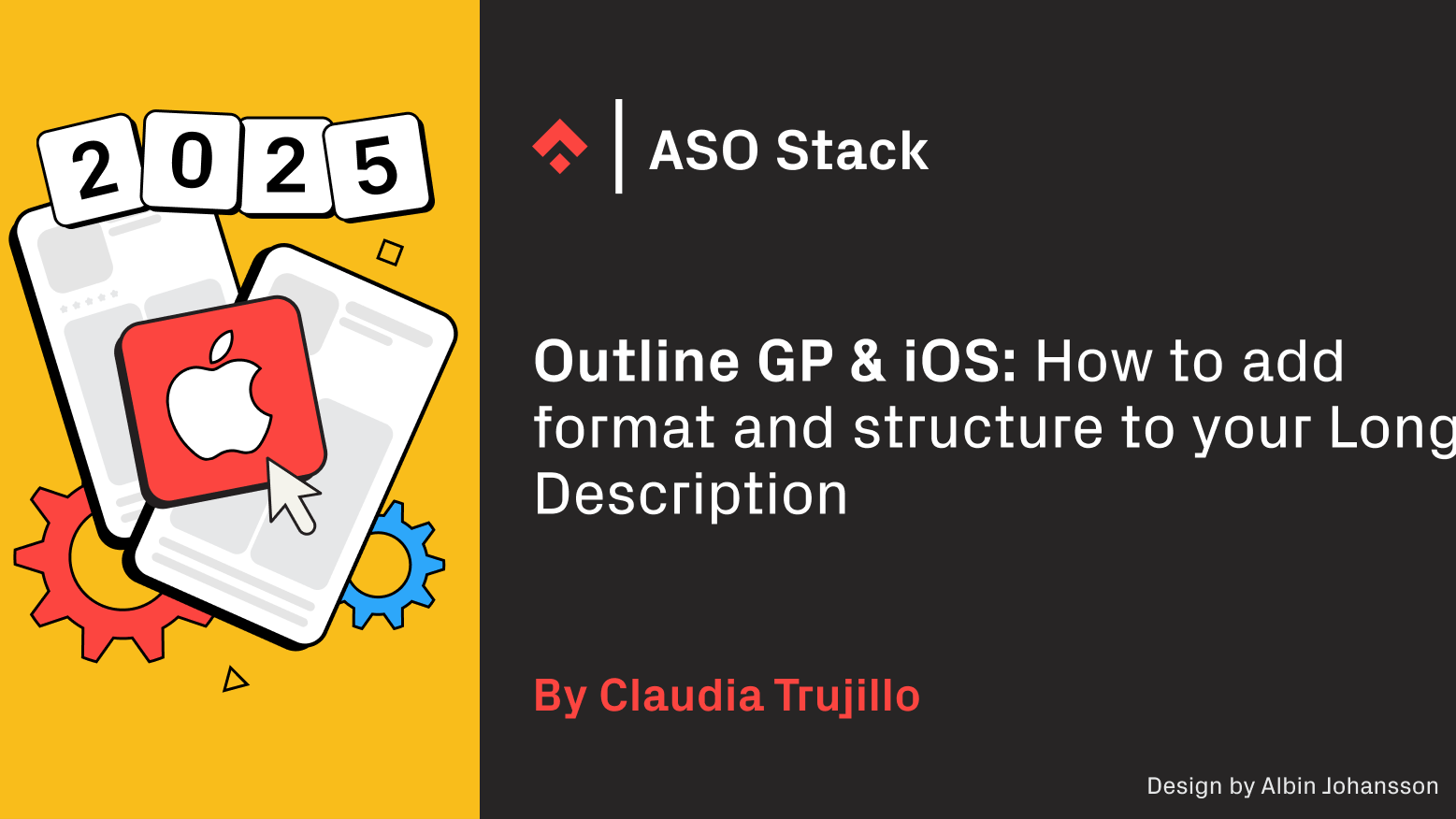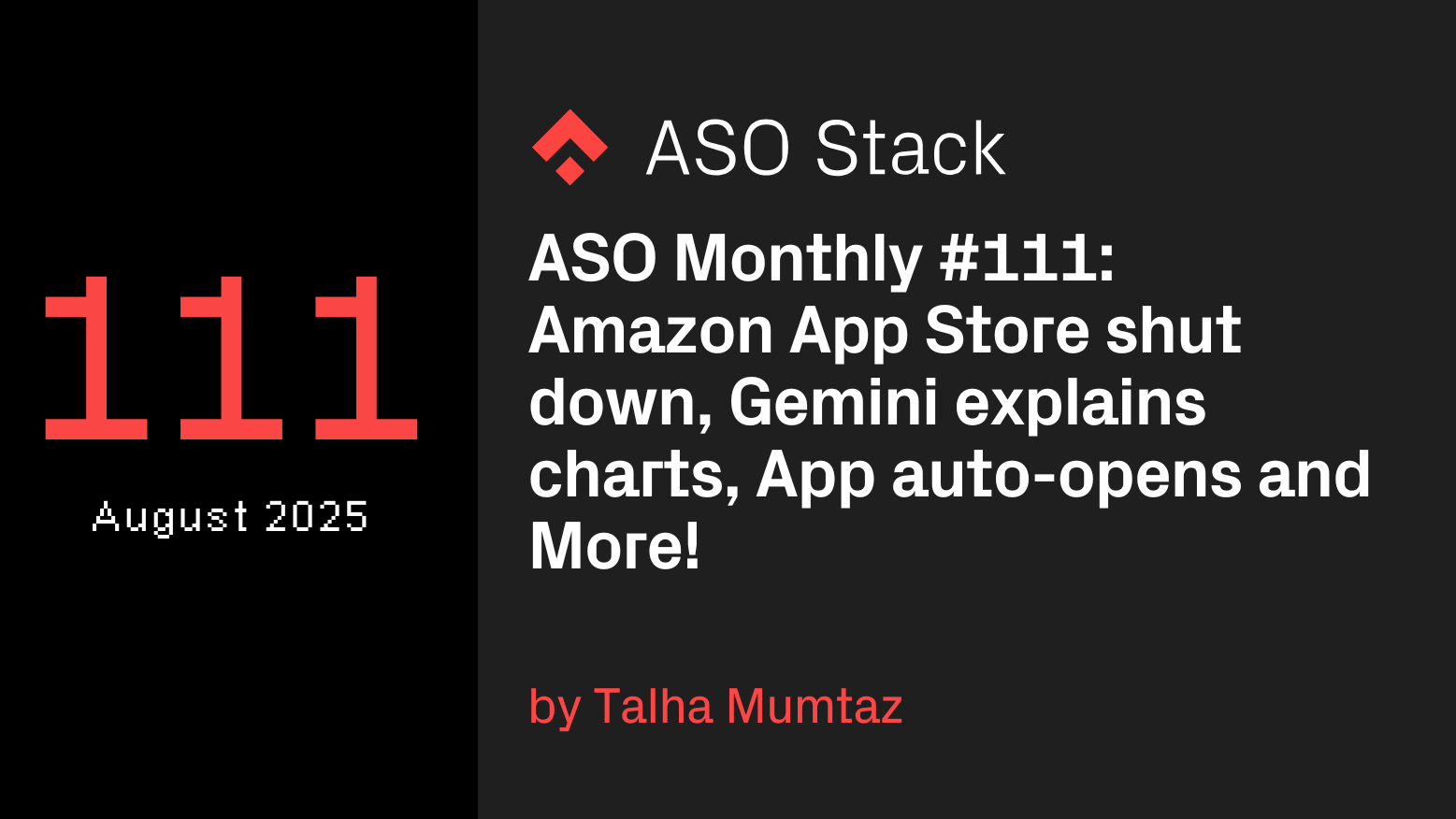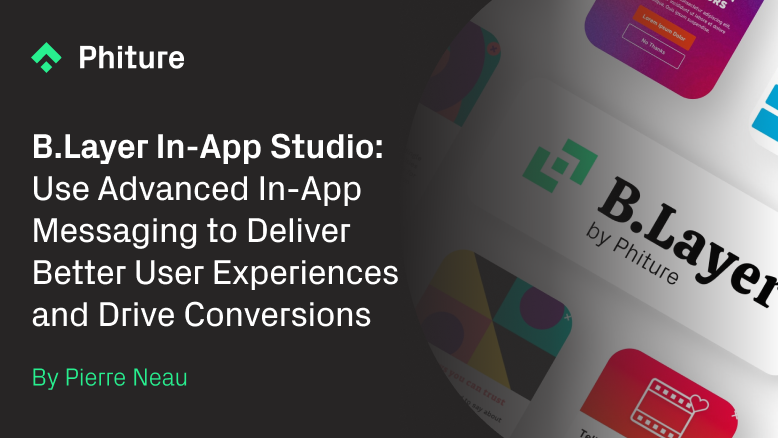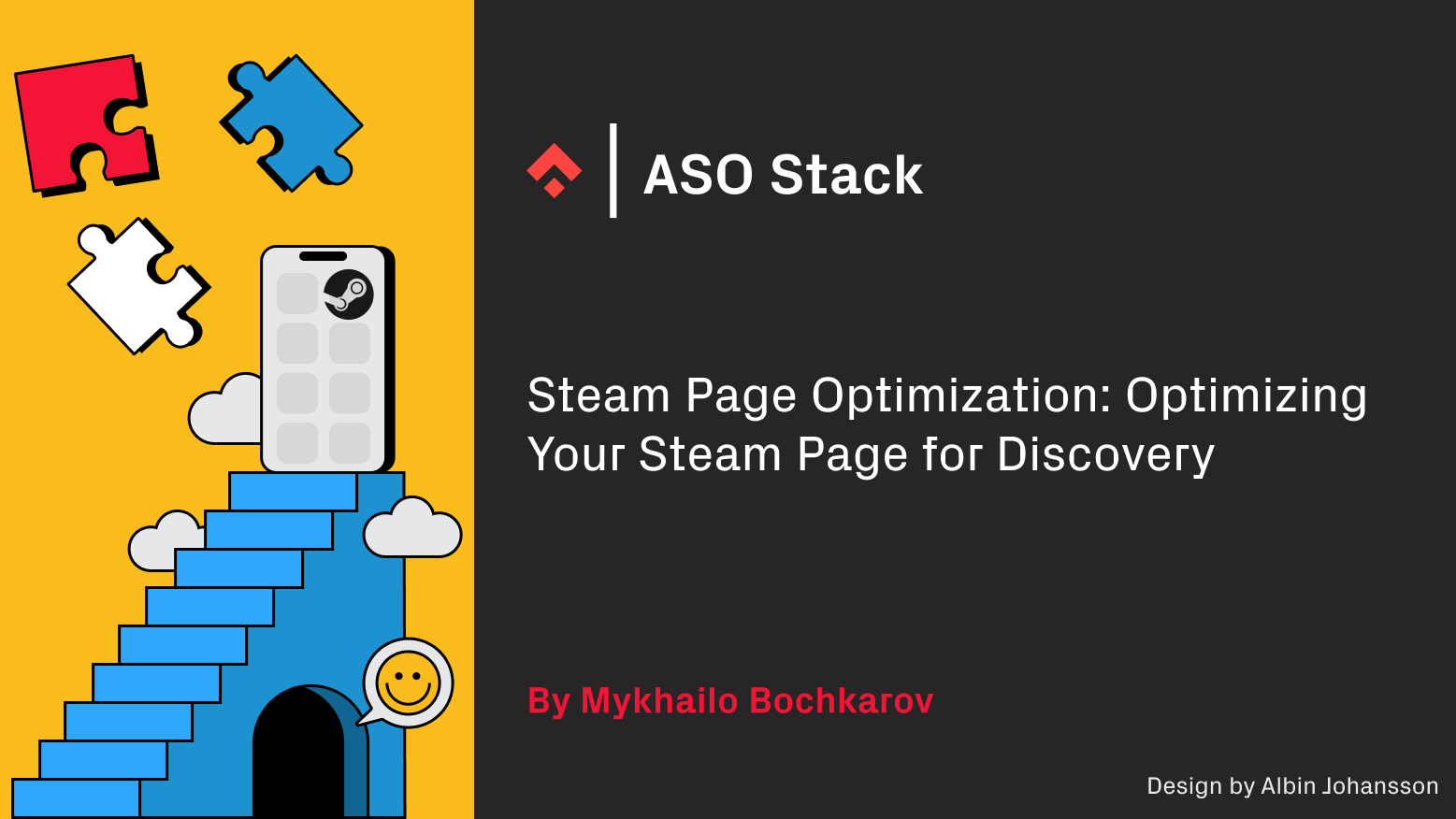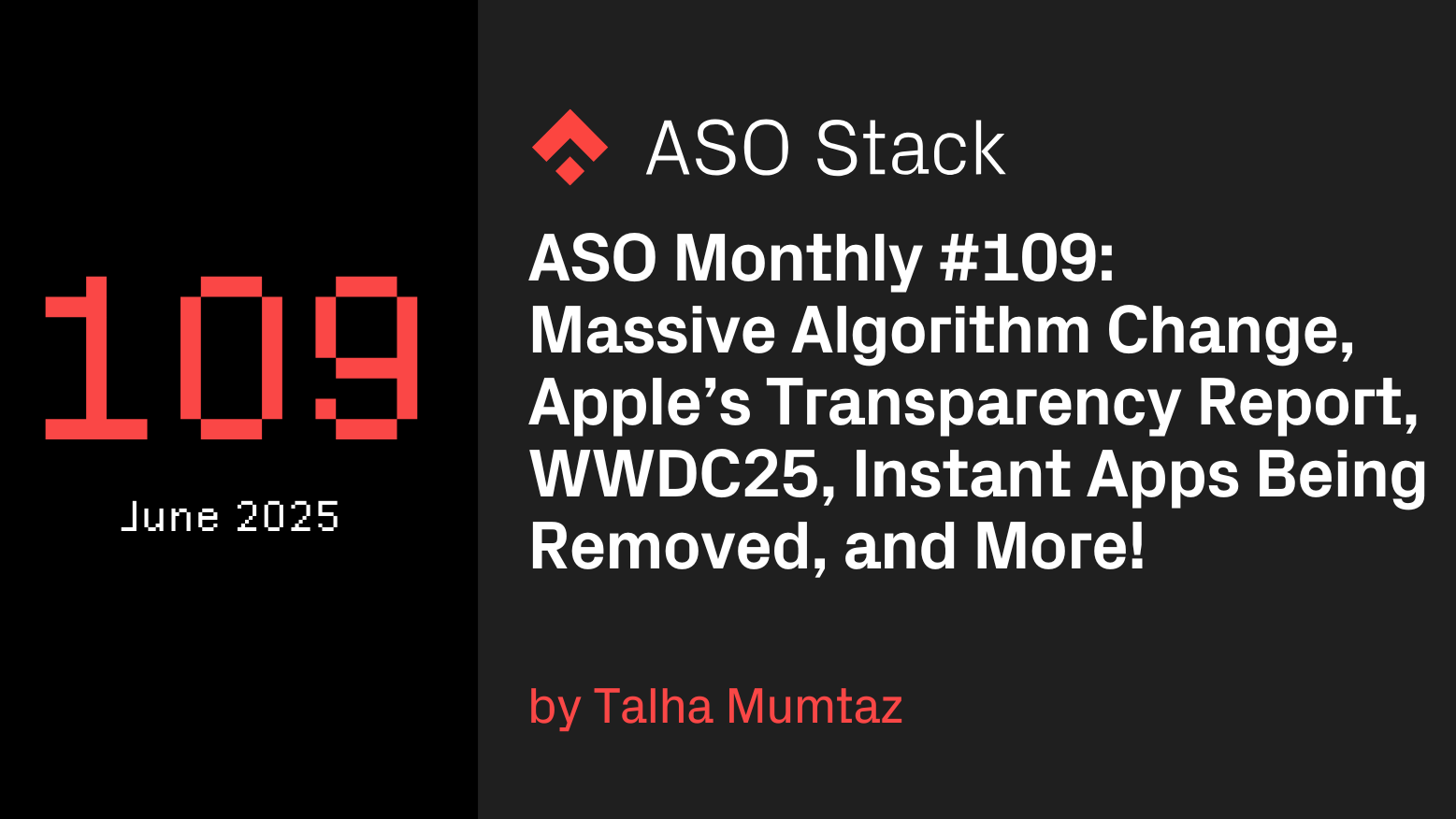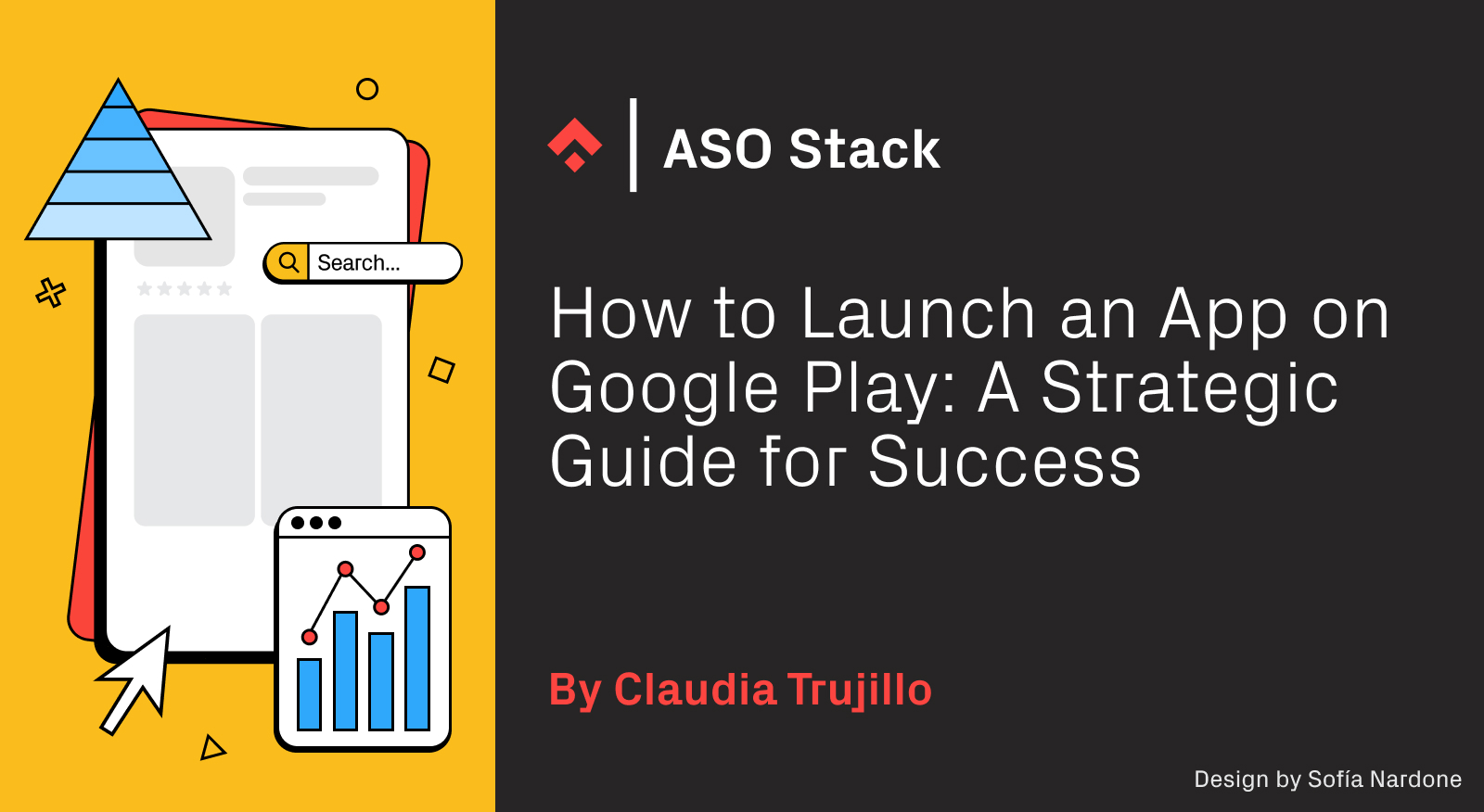 Understanding how to launch an app on Google Play is strategically crucial for both the short and the long-term success of your app and/or game. It impacts discoverability, acquisition costs, early retention, and the feedback loops that shape the app’s authority on the store.
Understanding how to launch an app on Google Play is strategically crucial for both the short and the long-term success of your app and/or game. It impacts discoverability, acquisition costs, early retention, and the feedback loops that shape the app’s authority on the store.
For developers and growth marketers, knowing how to launch an app on Google Play can make or break the early momentum necessary to gain visibility with the Play Store algorithm and capture initial users.
This article will serve you as a guide, breaking down the essential launch stages, highlighting key setup tactics, and sharing expert tips for getting it right the first time.
The 3 Launch Stages on Google Play
Before you launch an app on Google Play, you must understand the three core stages of a Google Play Store launch:
- Beta Testing: Closed & Open Beta Testing, and Early Access
- Pre-Registration phase
- General Availability (GA)
Each phase builds towards a stronger global release by debugging technical issues, optimizing creative assets, and collecting user signals that train the algorithm.
Why Start with Google Play Beta Testing?
Closed & Open Beta Phases Explained
Preparing for the Google Play store launch using Beta testing allows teams to identify bugs, measure crashes, and start to monitor performance across Android versions and devices before going live. We consider Beta apps, those that are newer, more experimental, less stable versions of apps that are already released or that are upcoming.
The Beta phases include:
- Closed Beta: Limited to internal testers or controlled external groups.
- Open Beta: Available to users who opt in via the Google Play Store or testing links.
When the app is on Open Beta, you can opt to launch the app on Google Play through Early Access, which comprises that haven’t been released yet.
Checklist: What to Test Before GA (General Availability) aka Official App’s Global Launch
- App stability (crash-free sessions)
- UI responsiveness across screen sizes
- Performance under load
- Device-specific bugs (via Android Vitals)
- In-app conversions tracking and push notifications
- App’s Gradual rollout, both on the server and on users’ devices, assessing limited risk.
Pro tip: Beta testers (Early Access users included) can’t leave public reviews, protecting your Play Store rating before GA, but still providing you with valuable information about what needs to be fixed. Users must exit the beta and reinstall the GA version to access the public app.
Building Hype with Google Play Pre-Registration Strategy
The Pre-Registration phase is key for demand generation and creative optimization. It allows users to “pre-order” the app, either receiving a notification or auto-install once the app goes live on the selected Google Play store launch date.
During this phase, developers can opt to have Custom Store Listings, Experiments, and Promotional Content, dedicated to promoting the upcoming app, and the performance of all these different strategic elements will be part of the Google Play Pre-Launch report.
Why Does Pre-Registration Work:
- Creates a wishlist of early adopters.
- Enables featuring eligibility and ASO keyword indexing during the app’s early stages.
- Supports Google Ads Pre-Reg campaigns & Custom Store Listings.
- Unlocks exclusive Promotional Content cards for Pre-Reg apps.
- Enables Experiments to test icons, screenshots, and copy.
- Allows Custom Store Listing (CSL) creation to tailor the showing of specific Pre-Reg messaging to separate audiences.
Creative Tips for Creative Work during Pre-Reg phase:
- Match store visuals to expected UX/UI at launch.
- Run A/B tests during pre-reg to refine final assets.
- Find per localization, which icon can bring the highest Conversion Rate during Pre-Reg for optimal impact at launch.
- Offer rewards and gifts during Pre-Reg, which will be granted upon app download, to boost conversion (displayed automatically).
Note: Pre-registration is capped at 90 days per country and cannot be reversed once active. Make sure that you can guarantee your app to be ready at your Google Play Store launch date.
Timing Your Google Play Store Launch Date
When you launch your app to General Availability (GA), timing and rollout strategy can make a huge difference in performance.
Key Considerations:
- Release Timing: Mondays or Thursdays work well to catch the algorithm before weekend or early week traffic spikes.
- Staged Rollouts: Launch to a small % first (e.g., 10%), then ramp up as performance stabilizes. In this case, do not start your PR until the app has been 100% rolled out.
- Early Retention: Vital for the Google Play algorithm to understand engagement quality. This will be crucial for visibility impact.
What is the Google Play Pre-Launch Report, and Why Does It Matter
The Google Play Pre-Launch Report provides insights on:
- Crashes and ANRs (app’s stability per device type, device model, region and country, and app version)
- UI and accessibility issues
- App performance across OS versions and devices
Run the Google Play Pre-Launch report during the testing phases to detect blockers early. This report is a core input for quality assurance (QA) and App Store Optimization (ASO) refinement.
Use this report to:
- Identify critical bugs before launch
- Validate new builds
- Avoid app rejections or low early ratings
Keywords: google play pre-launch report, pre-launch report google play
Pre-Launch QA & ASO Checklist
- Crash-free latest build
- Final metadata (Title, Short Desc, Full Desc)
- Localized store listings are ready
- Screenshots & video reflect UI/UX
- Analytics + push + user event tracking integrated
- Pre-launch report reviewed
- Staged rollout plan finalized
- Pre-registered user notifications are configured
Conclusion + Next Steps
Launching on the Google Play Store is more than just submitting a build; it is about leveraging each pre-launch stage to set your app up for success. From closed testing to pre-registration, every phase improves product quality, creative effectiveness, and user readiness.
By following this guide, you’re not just going live. You’re launching with precision.
You can download our cheat sheet to how to launch an app on google play in the end of the article.
FAQ
What are the stages of launching an app on Google Play?
There are three main stages: Beta Testing (Closed & Open), Pre-Registration, and General Availability (GA). Each stage helps improve app stability, optimize assets, and build early momentum before the full public release.
Why is beta testing important before launching on Google Play?
Beta testing allows you to identify bugs, test performance on different devices, and gather early feedback without risking public reviews. It helps ensure app stability and quality before the global launch.
What is the Google Play Pre-Registration phase?
The Pre-Registration phase lets users sign up to be notified or auto-install the app upon release. It helps generate early interest, enables ASO experiments, and allows promotional content to be tested ahead of launch.
How can I build hype before my app launch on Google Play?
Use the Pre-Registration phase to run Google Ads campaigns, create Custom Store Listings, offer rewards for early adopters, and run creative A/B tests to refine your store visuals and messaging.
What is the Google Play Pre-Launch Report?
The Pre-Launch Report provides QA insights like crashes, ANRs, UI/accessibility issues, and performance across devices and OS versions. It helps detect and fix critical issues before launch.
What’s the best timing for a Google Play Store launch?
Releasing on Mondays or Thursdays is recommended to catch traffic cycles. Start with a staged rollout to a small percentage of users and scale up as performance stabilizes before any PR push.
Can beta users leave public reviews on Google Play?
No, beta users cannot leave public reviews. This protects your app’s rating before GA while still providing valuable feedback for fixes and improvements.
What should I test before launching my app globally?
You should test app stability, UI responsiveness, push notification tracking, conversion flows, and performance on different devices using Android Vitals and QA checklists.
How long can my app stay in pre-registration?
Pre-registration can last up to 90 days per country and cannot be reversed once activated. Ensure your app is fully ready for launch before enabling this feature.
Why is early retention important for Google Play success?
Early retention signals help the Google Play algorithm understand the quality of user engagement. Strong retention in the first few days post-launch increases visibility and discoverability on the store.
Table of Contents

